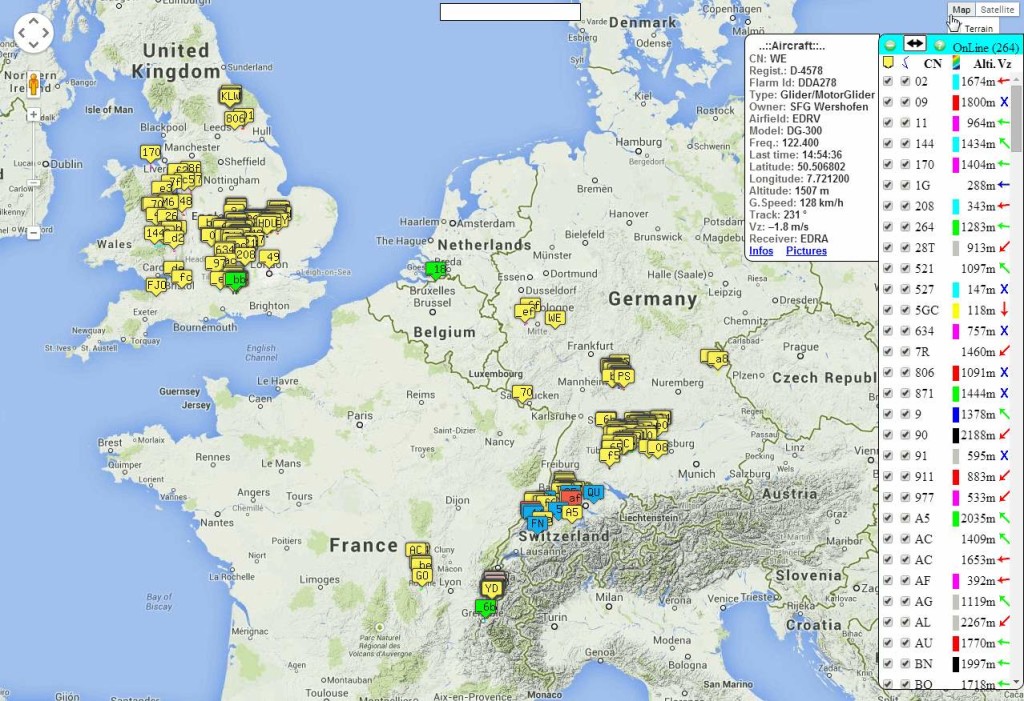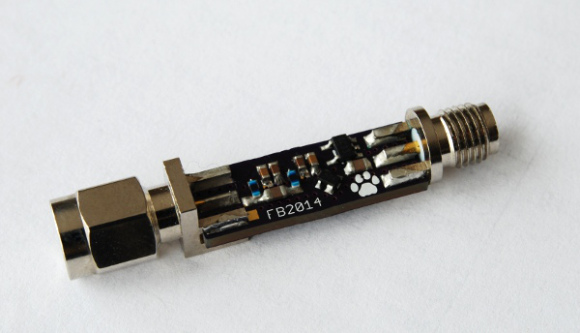Receiving and Decoding FLARM (Tracking Gliders, Helicopters etc) using the RTL-SDR
Over on our Facebook page, a user has let us know about the Open Glider Network project which makes use of the RTL-SDR dongle to decode FLARM. FLARM is a low cost and low power consumption ADS-B alternative which is often used by small aircraft such as gliders and helicopters for collision avoidance. With the right antenna, receiver and decoder any aircraft transmitting a FLARM signal could potentially be tracked on a map.
FLARM signals are transmitted at 868 MHz and are effectively weaker by 100-1000 times compared to standard ADS-B signals. The project recommends use of a high gain collinear antenna for receiving the weak FLARM signals. The open glider network project wiki contains information on how to set up their Linux based FLARM decoder that relies on the RTL-SDR for various embedded devices.
Once the software is up and running, the received and decoded FLARM packets can be seen on http://cunimb.fr/live/ as real time glider positions (also at http://cunimb.fr/live/3D/ in a 3D Google Earth).









